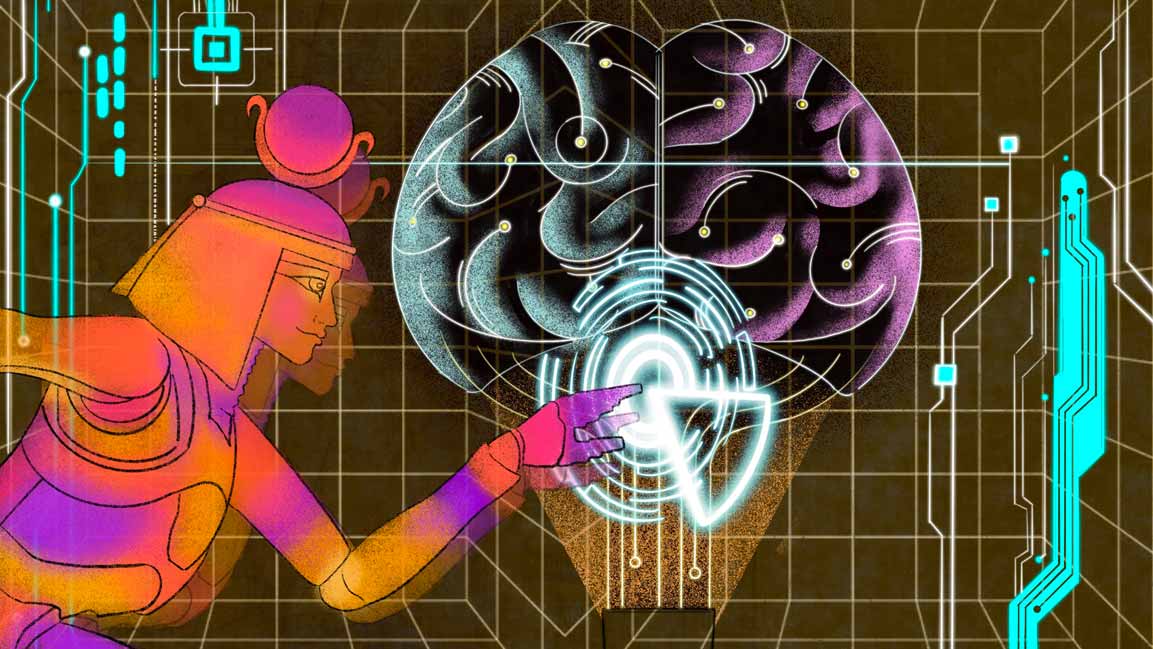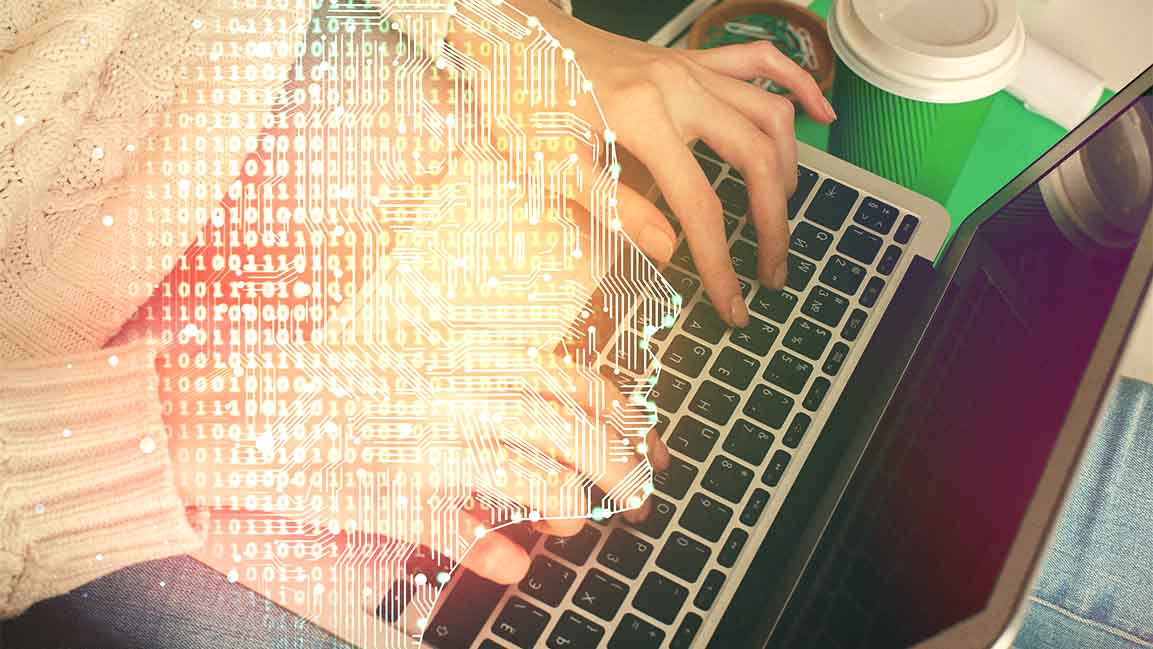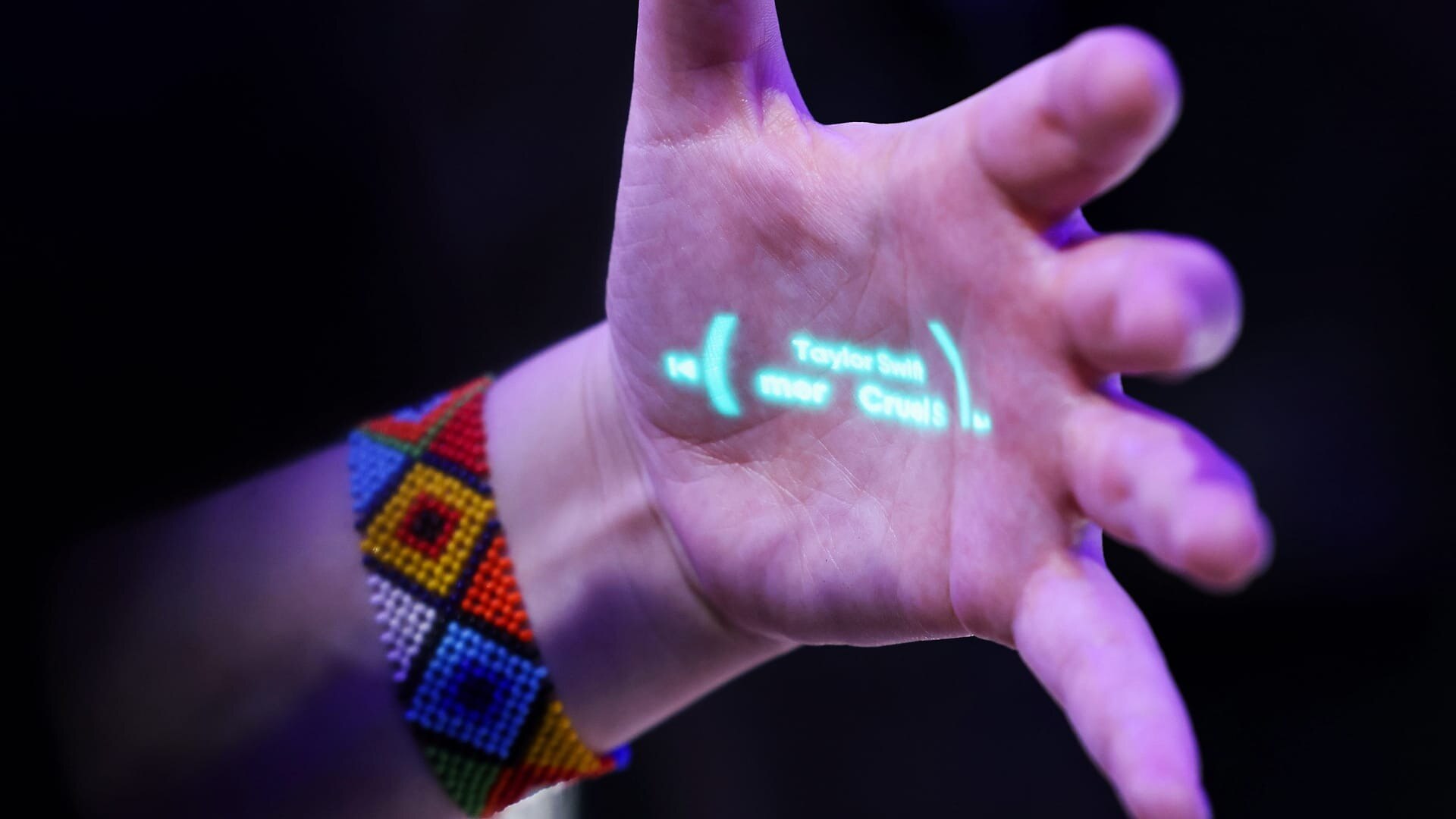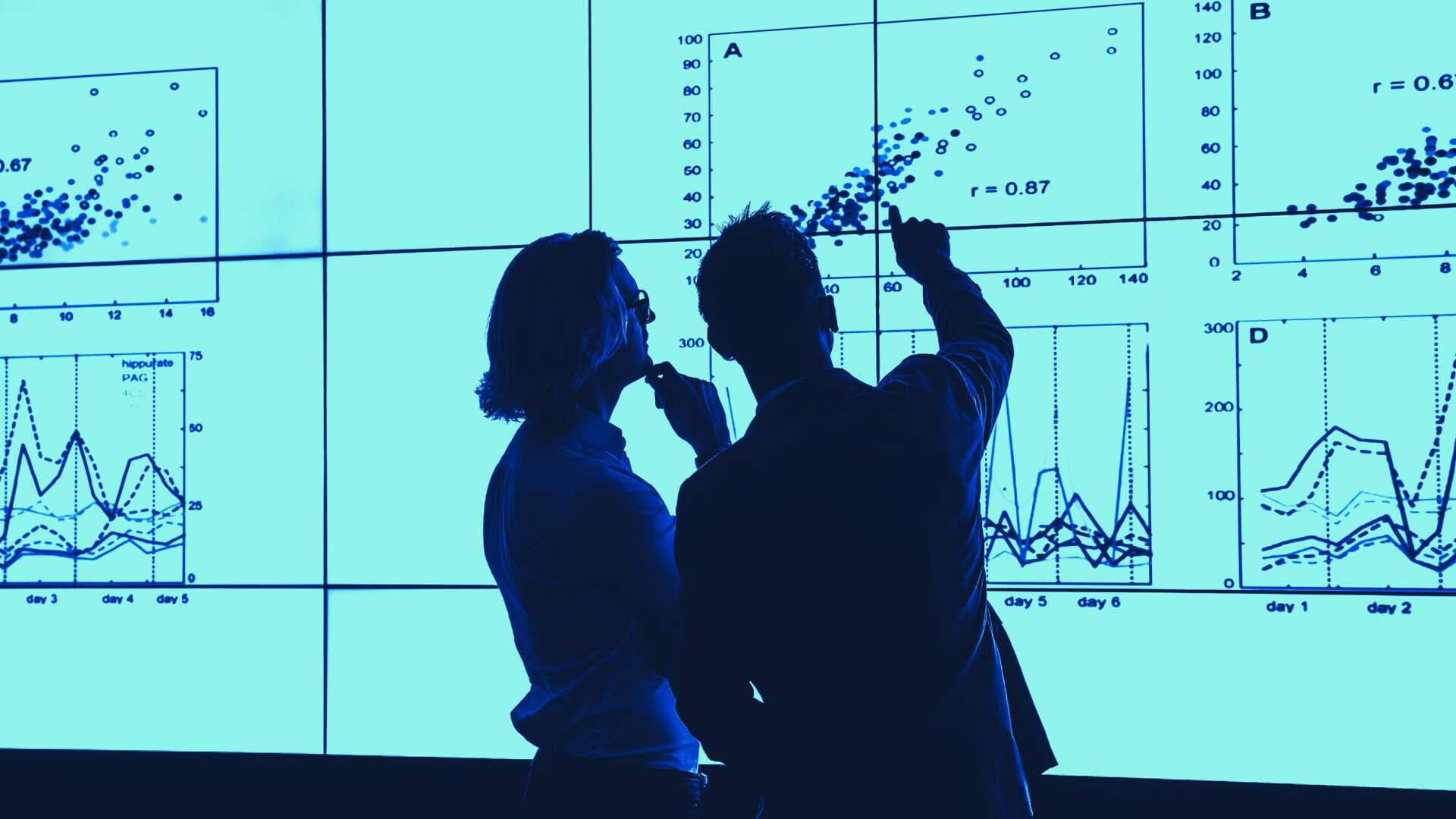- | 9:00 am
This technology is opening a window into the Middle East’s past
Virtual reality and AI opened the doors to time travel as history buffs can now experience the past.

While walking into a museum, you may be fascinated, curious, or even outright puzzled based on your level of interest in history.
But, the story of an artifact being dug out and revived remains untold behind tales of the object’s glorious past.
Archaeologists and researchers dedicate years excavating sites in the deserts of Egypt or ruins found between Iraq and Saudi Arabia so that you can know about ancient civilizations.
VR tech and online platforms became lifesavers for history buffs among us during the pandemic, and remote visits to the museum have become mainstream for the new normal, enabling more people to explore relics from the Middle East.
Doesn’t that make you wonder how far technology has transformed the way engravings are decoded or unravel the stories behind fossils?
If you enjoy solving puzzles, archaeology is like piecing together a larger, more complicated version of a jigsaw to decode history’s mysteries, including the age of human remains, where technology such as carbon dating plays a role. Now, recreating a 2000-year-old fresco from 10,000 pieces sounds nerve-racking, but archaeologists in Pompeii are hoping to pull it off with less time and effort, thanks to AI and robots.
The process will start by creating digital 3D models of every piece. Later, an algorithm processed via machine learning will paint a picture of the fresco. Robotic arms will use that info to assemble the actual wall painting under the supervision of researchers. The team will deploy the AI on a larger scale in sites such as Palmyra in Syria if this works out.
You may have read about Palmyra amidst the Syrian war. But beyond that, it’s one of the sites in the region being explored by computer vision and 3D imaging.
RESURRECTING ANCESTORS TO TELL THEIR OWN STORIES
Now, mummies coming back to life are often portrayed in horror movies, where dead pharaohs or sorcerers haunt those that dug them out. Still, digital resurrections are a lot safer than invoking the wrath of a mythical monster. That’s what researchers did using three Egyptian mummies and thermal meshing to recreate their faces for accurate identification.
Considering the world’s interest in ancient Egypt, it’s not surprising that US-based Parabon Nanolabs conducted the DNA phenotyping for the North African trio to decode genetics that revealed the facial structure, skin color, and other features. Now, Arabs may be surprised to know that these three look more like people from the Mediterranean coast than modern-day Egyptians, once forensics artists used Snapshot tech to figure out how their hair and eyes look based on biometrics.
So, does knowing about your 2000-year-old ancestor’s appearance when they were 25-years old make a difference? After decades of the ethnically inaccurate portrayal of Egyptians or Persians in Hollywood, it does.
It only makes sense that an AI-generated image revealed how Jesus looked more Middle Eastern instead of European as he is largely portrayed.
UNRAVELING THE PAST WITHOUT BLEMISHING HISTORY
If we look back at Palmyra, damage caused to the site shows how important it is to preserve historical artifacts to keep the region’s heritage alive. A 3D-printed replica of an Iraqi sculpture destroyed during the war shows how technology can conserve history. This highlights a recent archaeological feat, which involved unwrapping a 3500-year-old mummy of pharaoh Amenhotep without even touching the linen around it.
To offer an accurate depiction of the ancient king, researchers used high-resolution X-ray and tomography to create a 3D model based on dimensions reflected through waves that peered through the cloth and revealed a lot more than what meets the eye.
It showed how the brain and the heart had been left intact by embalmers, provided insights into mummification techniques, and revealed details about the jewelry he had been buried with.
Now, this technology only paints a digital picture of brittle bones and fragile tissue lying beneath layers of cloth, but it safeguards an ancient corpse that had already suffered damage caused by tomb robbers. For history buffs, this goes beyond revealing appearances to get an insight into the lives of our ancestors, including health conditions.
A FUTURISTIC VISION TO SOLVE MYSTERIES OF THE PAST
We’ve grown up witnessing engravings in caves, prehistoric wall paintings, and ancient scripts that are little more than gibberish to an average internet history enthusiast. But patterns in those carvings hold the key to resolving history’s mysteries. Your mind may have endless curiosity, but the human eye has limitations that can be surpassed using enhanced vision backed by AI to spot the tiniest details about ancient relics.
For instance, last year, computer vision made a big revelation that the Dead Sea Scrolls, which even contain the oldest version of the Bible, were written by two different people based on pattern recognition. Analyzing a single Hebrew letter aleph that appears 5000 times in the texts is time-consuming for human handwriting experts, but AI can quickly process this pile of information to point out intricate variations.
Around the same time, 3D imaging of seemingly random crosses on Jerusalem’s Church of the Holy Sepulchre wall revealed that most had the same depth and markings of a mason. This implies that popular perception about the crosses being drawn by pilgrims isn’t accurate. Instead, they were created by three artists as part of organized practice.
Although all this seems like a revelation, these events scratch the surface when it comes to smart tech’s potential to discover and analyze historical remains. Further development of these futuristic tools will decipher the region’s past and impact a smarter future.






































